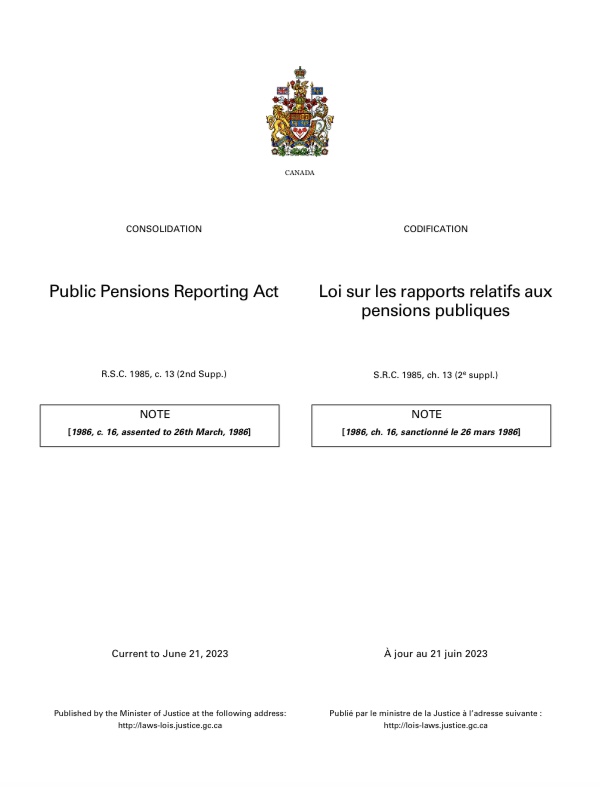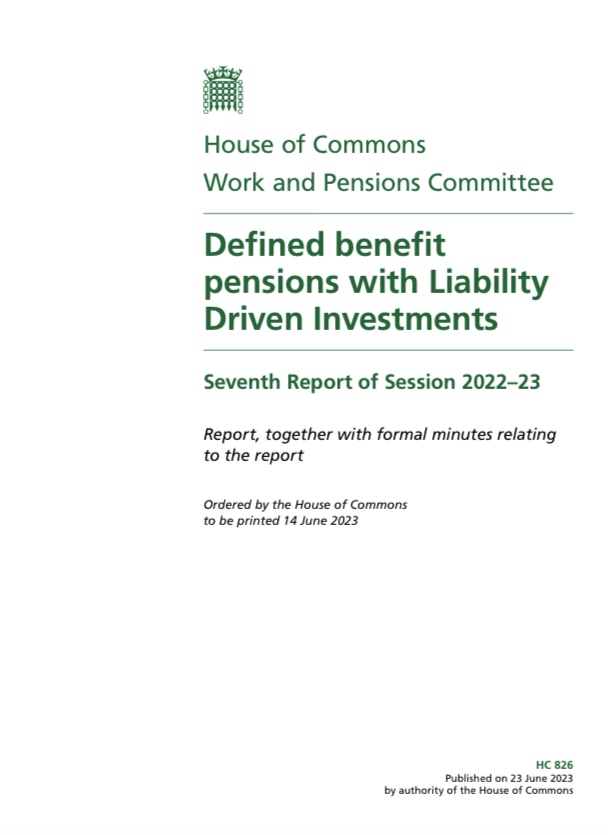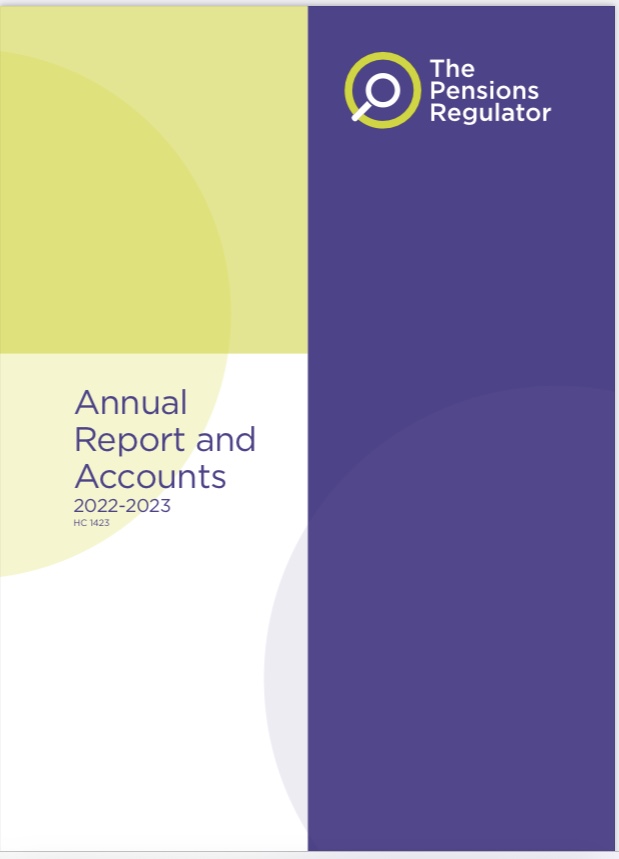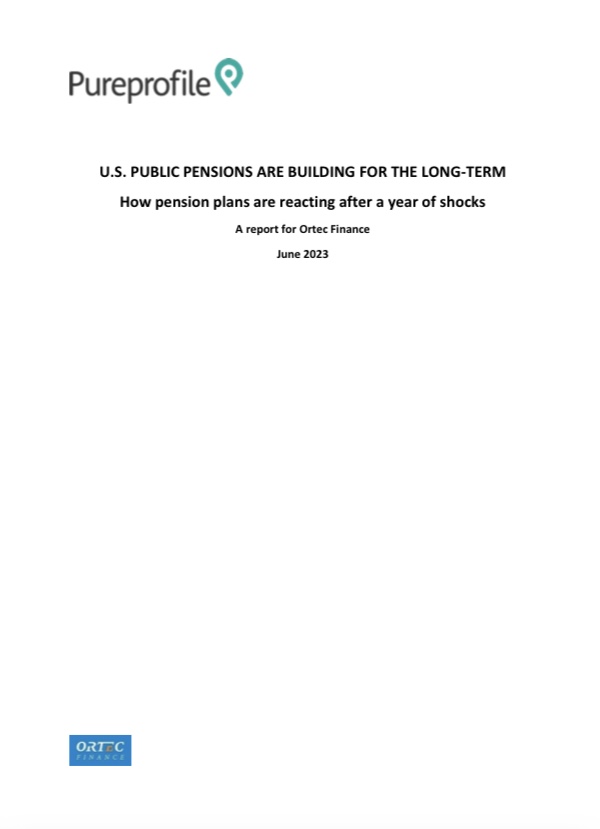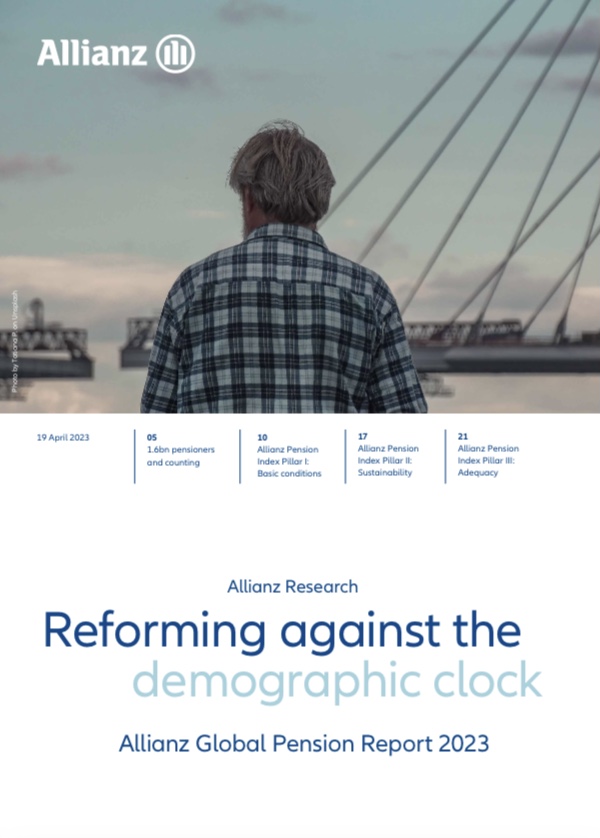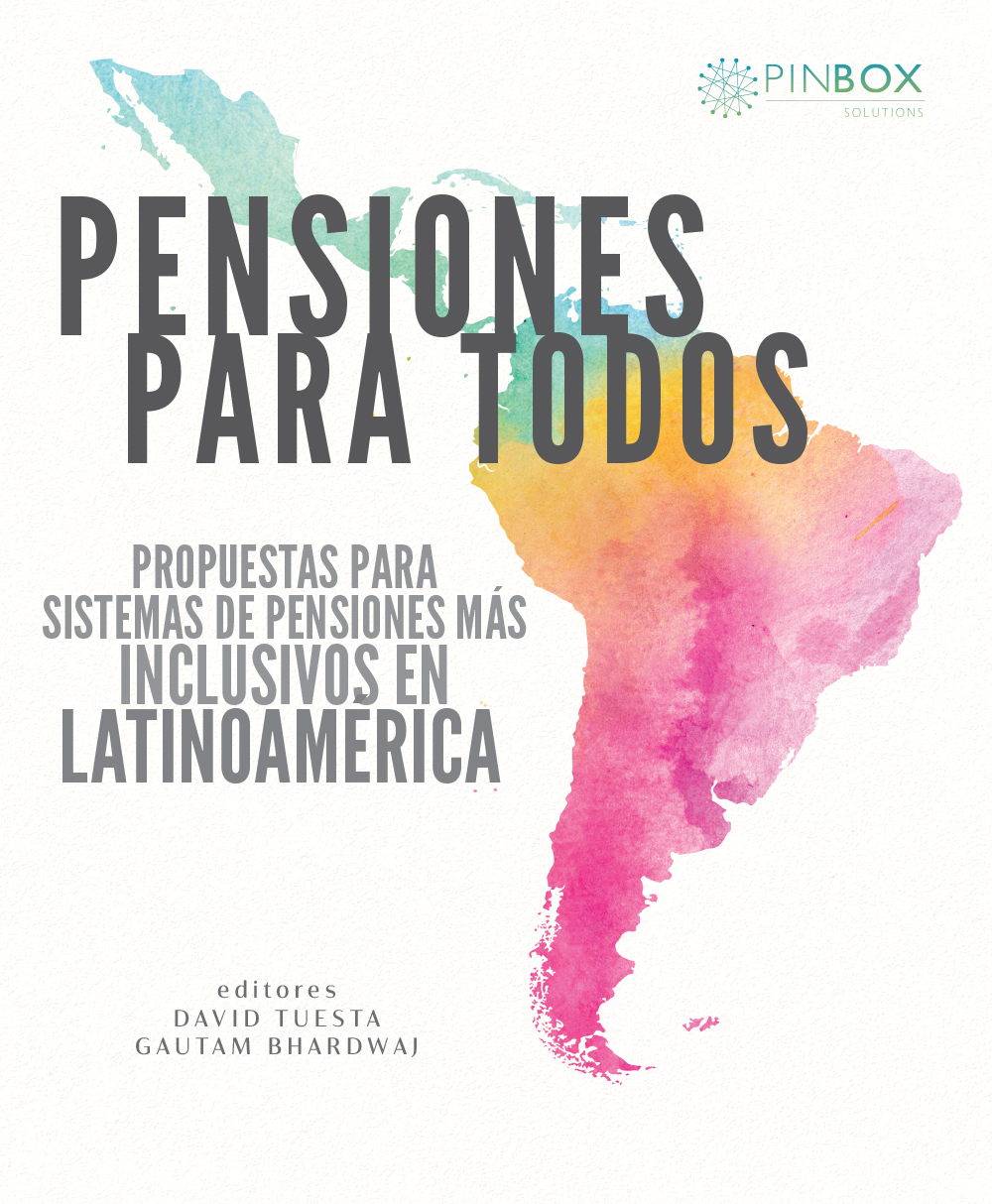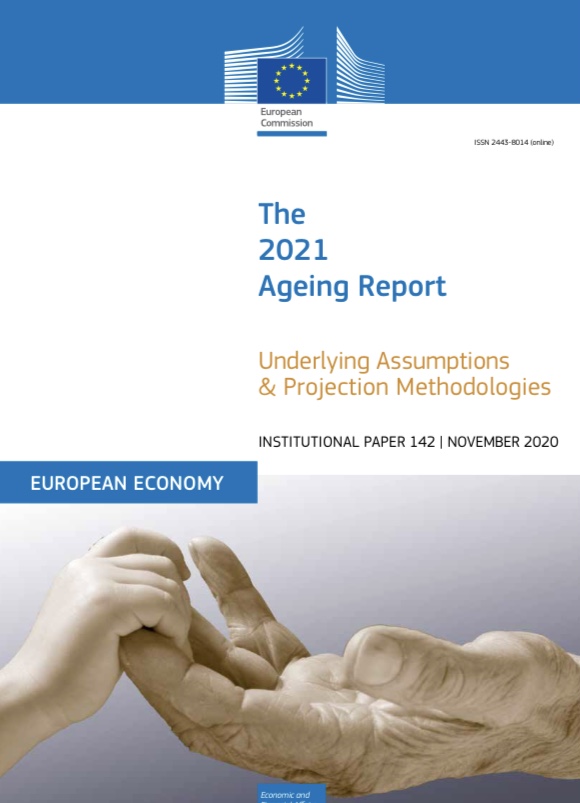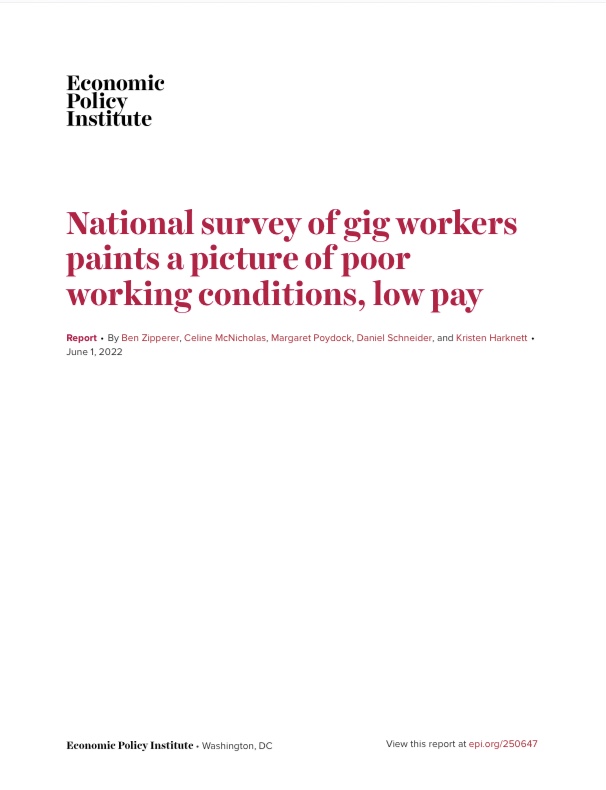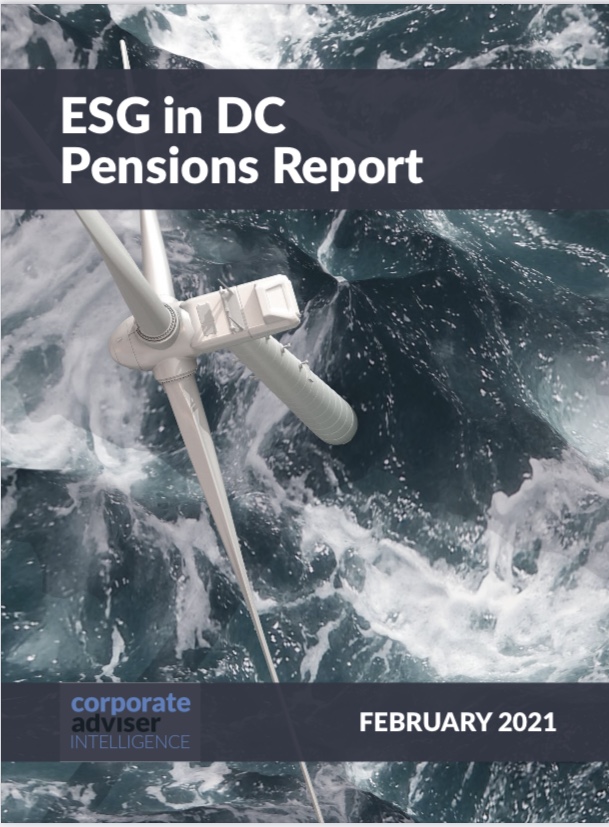Public pensions reporting act
By Minister of Justice A valuation report filed pursuant to this section shall be prepared in a manner consistent with the guides and Recommendations for the preparation of an actuarial report in connection with a pension plan, published by the Canadian Institute of Actuaries, and shall include such additional information as the Minister may from time to time require. Read book “here”

